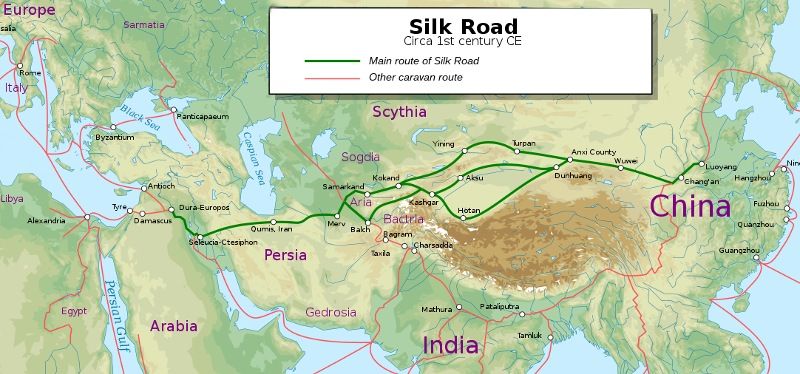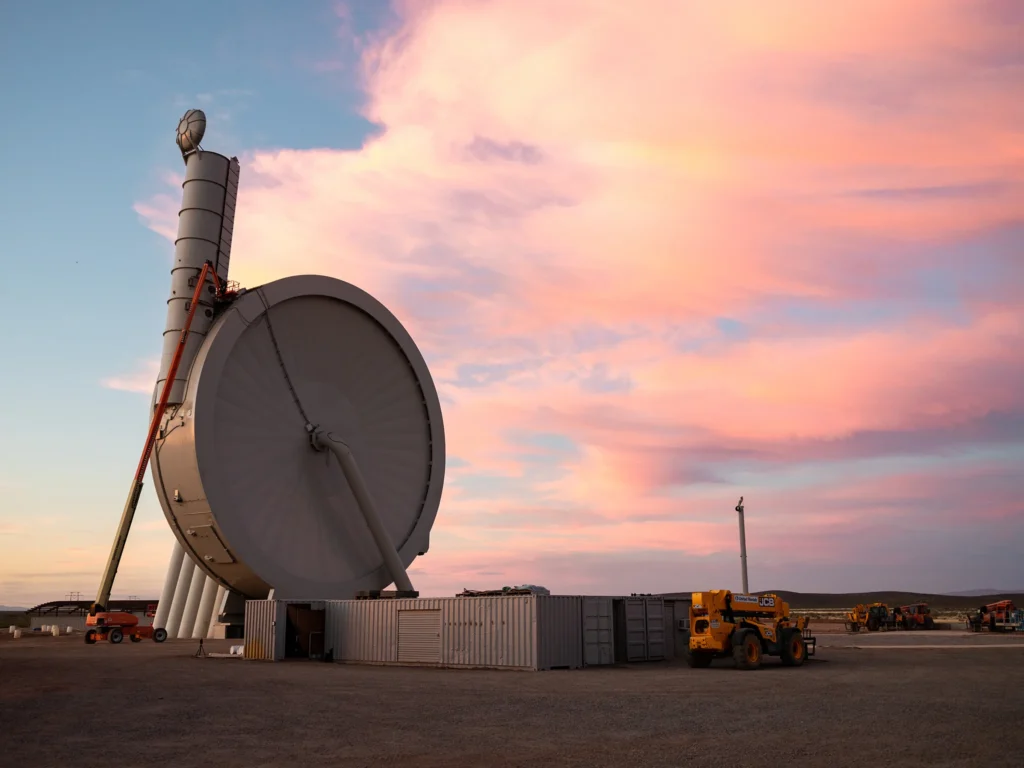It seems that China is wholeheartedly committed to regaining the lost glory of the ancient silk route. Consequently, it has devised an ambitious plan to connect Asia with Africa and Europe.
The plan involves connecting Asia with Africa and Europe through a series of land and sea routes. The “One Belt, One Road” initiative will involve the construction of new roads, railways, and ports across the region. China is hoping that the project will revive the ancient Silk Road trade route and boost economic growth in the region.
The project is similar to the ancient Silk Road trade route between China and Europe, which was used for centuries until the development of ocean-going ships in the 15th century. That land route stretched 4,000 miles (6,400 kilometers) from eastern China to southern Europe and linked cities including Beijing, Xi’an, and Rome.
The new “One Belt, One Road” project will involve the construction of several new roads, railways, and ports. Some of the key routes include:
The “New Silk Road” land route between China and Europe, which will run through Central Asia and the Middle East.
The “21st Century Maritime Silk Road” sea route between China and Europe, which will run through the Indian Ocean and the Mediterranean Sea.
The “China-Pakistan Economic Corridor” (CPEC), a new road and railway link between China and Pakistan.
The “Bangladesh-China-India-Myanmar Corridor” (BCIM), a new road and railway between Bangladesh, China, India, and Myanmar.
China Aims to Boost Trade And Regional Cooperation
These new land and sea routes could reduce the distance between China and Europe by almost two-thirds, and it could also help to revive the ancient Silk Road trade. The plan was first proposed by Chinese President Xi Jinping in 2013 and has since been endorsed by other world leaders including Russian President Vladimir Putin. However, some Western nations have responded with caution; the United States is wary of China’s growing influence, while some European countries are concerned about Beijing using its economic power for political gain.
Although details remain sketchy, many believe that One Belt One Road will create a large number of jobs and boost economic growth in the region. For example, analysts expect that more than $150 billion worth of infrastructure projects will be undertaken as part of the CPEC alone. In addition, the project could help to reduce poverty and promote regional cooperation.



